Sizing a storage system: Inverter Power vs Battery Capacity
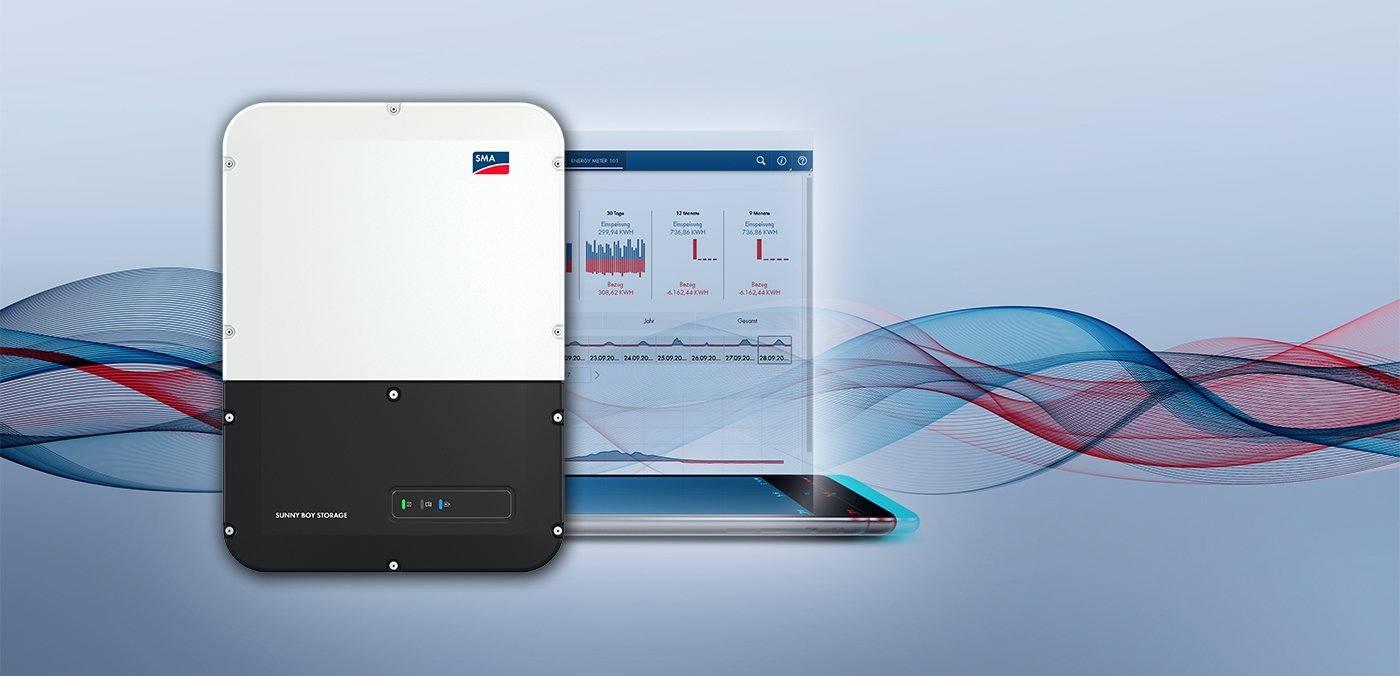
It’s not always obvious how to choose the size of the battery (kWh) or the rating of the battery inverter (kW). These choices, along with your specific household energy usage, have a large influence on the cost and benefit of a new battery storage system. In this blog, we will show you examples from SunnyDesignWeb.com that illustrate the effect of different battery and inverter combinations for a typical household.
Comparing different battery system and Inverters
Here we will demonstrate some of the effects of changing the battery system capacity and battery inverter model. We are using data from a typical large family home that consumes 22 kWh/day on average and has an existing 5 kW PV system (could be single or 3-phase).
Analysis from SunnyDesignWeb.com
Below we show the analysis that is freely available on SunnyDesignWeb. Here we pair the house with our most economical Sunny Boy Storage 2.5 inverter with a 6.4 kWh battery. In the figure below, we highlight the key data that you can find in SunnyDesignWeb.
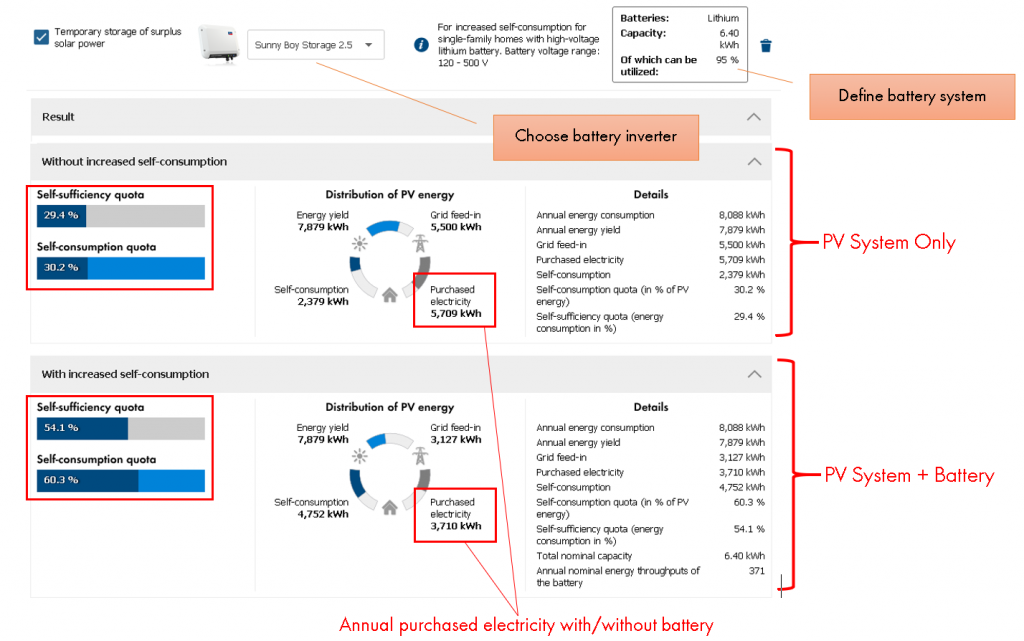
Explanation of quotas:
- The Self-sufficiency quota shows the proportion of the energy you use at your home that is supplied from your PV system.
- The Self-consumption quota shows the proportion of energy produced by the PV system that is used by household loads or to charge the battery for future usage.
Results of analysis
The key results for different battery inverters and different battery capacities are shown below. For this household:
- The rating of the battery inverter did not have a large impact on energy savings. For e.g. when using a 6.4 kWh battery, the energy savings or self-sufficiency are the same whether you use the Sunny Boy Storage 2.5 or 5.0 inverter. Using a smaller battery inverter could save a significant amount of money if you don’t need the Secure Power Supply feature.
- Increasing the battery capacity reduces the amount of purchased electricity from the grid (increased self-sufficiency). Remember with the Sunny Boy Storage 5.0, there are 3 battery inputs, so you can start with 1 battery and expand the system at any time.
| Household with existing 5kW PV system + | No Battery system | Sunny Boy Storage 2.5 + 6.4kWh Battery | Sunny Boy Storage 5.0 + 6.4kWh Battery | Sunny Boy Storage 5.0 + 10kWh Battery | Sunny Boy Storage 5.0 + 20kWh Battery |
| Inverter rating | N/A | 2.5 kW | 5.0 kW | 5.0 kW | 5.0 kW |
| Battery capacity | N/A | 6.4 kWh | 6.4 kWh | 10.24 kWh | 20.48 kWh |
| # Battery cycles/Yr | N/A | 371 | 373 | 322 | 218 |
| Secure Power Supply | No | No | Yes | Yes | Yes |
| Self-sufficiency (reduction in purchased electricity) | 29 % | 54 % | 54 % | 64 % | 76 % |
| Self-consumption | 30 % | 60 % | 61 % | 72 % | 87 % |
| Purchased Electricity per year | 5709 kWh | 3710 kWh | 3695 kWh | 2923 kWh | 1949 kWh |
Your free battery system design and analysis tool
SunnyDesignWeb.com is free for everyone to use. With our simple and easy to use online tool, you can import your specific household’s energy use, add a PV system, and then add a battery storage system to find out how it will perform.
1. Define your load profile
You can import energy data from Sunny Portal or make a custom load profile for your home for each hour of the year. Alternatively estimate using one of our example load profiles.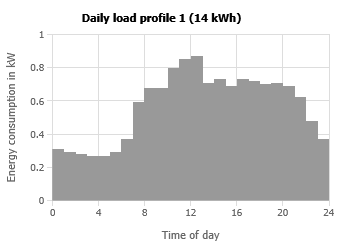
2. Define your PV system
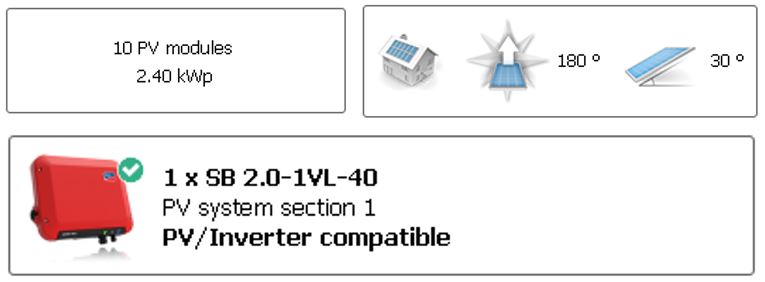
3. Add in a storage system (Self-Consumption page)
Choose your SMA Battery inverter and a battery system. Find out the energy contributions from the grid, PV and storage. See how you can reduce your purchased electricity.


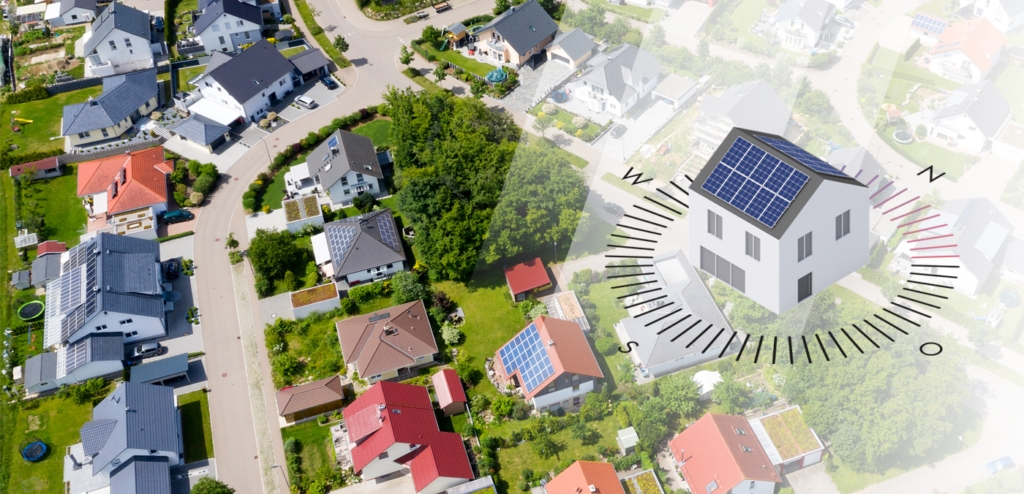
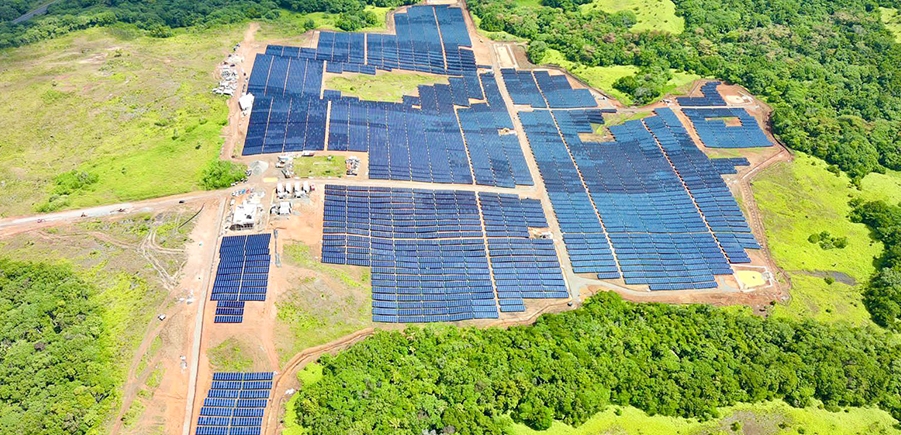
Great article and chart. Very helpful. I have a 3000 W Kodak Inverter. May I install a 5 kwh battery with that 3 kwh inverter, or do I need to upgrade the inverter as well?
Hello Seth,
Thanks for your kind feedback!
Please contact our SMA Service for further technical support, thank you.
Sunny regards
Christiane
i have 2 sb 1200 systems and a growwatt 1kw installed in my property I want to add battery storage to use excess energy during day to store forn use in evening , not sure what system to use.
Hi Carl,
Did you already contacted your installer? He knows your system the best.
Sunny regards,
Carolyn
Hi. I still need a 3-phase battery inverter for a normal household. Our taxation system in Denmark is really special so without a 3-phase system everything will not pay to upgrade.
Have installed STP8000-10 and Home Manager 2.0. Solution could be a Sunny Boy Storage 2.6 in a 3-phase version.
Hi Sven,
As of this moment, we do not have a 3-phase battery inverter in our portfolio. The Sunny Boy Storage family is also a 1-phase solution for households. However, we can provide a 3-phase solution with our Sunny Island Battery Inverters. Please check our website for the storage solutions we can provide with our Sunny Island family.
Sunny regards,
Carolyn